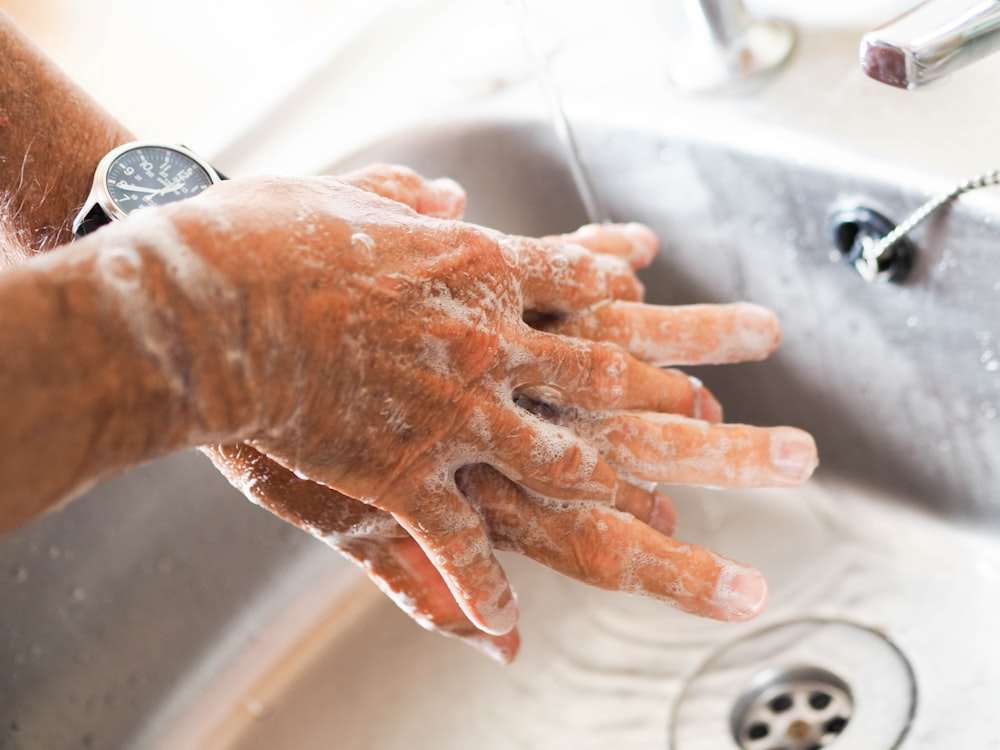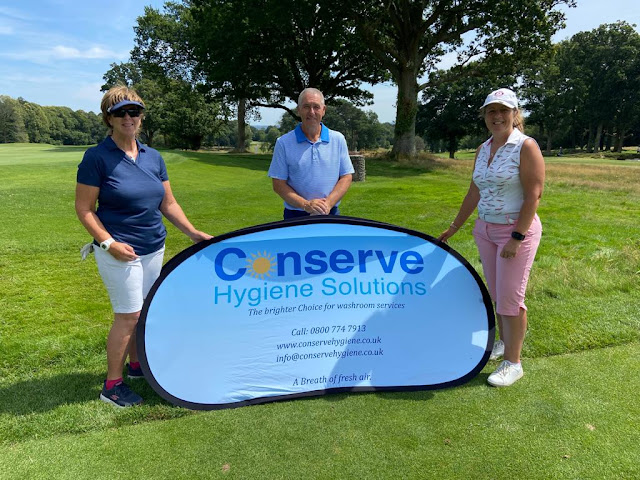Beyond Cleanliness: Tracing the Past, Embracing the Present and Envisioning the Future
General hygiene has undergone a remarkable transformation over the past 120 years. From the rudimentary sanitation systems of the early 1900s, to the sophisticated, technology-driven practices of today; the evolution of hygiene reflects not only societal progression but also the relentless pursuit of wellbeing. In this article, we briefly look into the historical transformation of hygiene and explore what the future of cleanliness could hold.
Toilet Hygiene
In the early 20th century, indoor toilets and piped water were a luxury, confined to the privileged few. Therefore, the majority faced challenges related to inadequate sanitation, leading to the spread of diseases. We have since made a monumental shift from these humble beginnings to the establishment of modern plumbing systems. The improvement of toilet hygiene and the development of the sewage system emerge as pivotal milestones in safeguarding public health. Sanitation, once a distant dream, became a reality that played a crucial role in preventing the outbreak of diseases.
Hand Hygiene
Often overlooked in the past, hand hygiene underwent a shift as scientific understanding advanced. The rise of germ theory and the arrival of antibiotics propelled the significance of proper handwashing into the spotlight. The adoption of national and international guidelines underscored the global commitment to hand hygiene as a fundamental practice in healthcare settings and daily life.
Air Hygiene
Air hygiene has its roots in the 19th century with the development of charcoal-based-filter Stenhouse gas masks. The importance of ventilation and air circulation in preventing airborne diseases was first exemplified by the 1918 influenza pandemic. The relevance of air hygiene recently took centre stage during the Covid-19 pandemic, emphasising the ongoing need for effective measures to combat airborne pathogens.
The Future of Hygiene
If we look to the future, technology-driven solutions, eco-friendly practices and the integration of artificial intelligence (AI) promise to redefine cleanliness. The role of public health education becomes increasingly vital, equipping individuals with the knowledge to adopt hygienic practices in their daily lives. The commitment to innovation and sustainability in hygiene practices, exemplified by industry leaders, reflects a collective responsibility towards a cleaner and healthier future.
In essence, the evolution of hygiene over the past 120 years showcases the triumph of human ingenuity over adversity. As we stand on the cusp of the future, the challenge is to embrace technology, foster education and cultivate sustainable practices, ensuring that the legacy of hygiene continues to evolve for generations to come.




Comments
Post a Comment